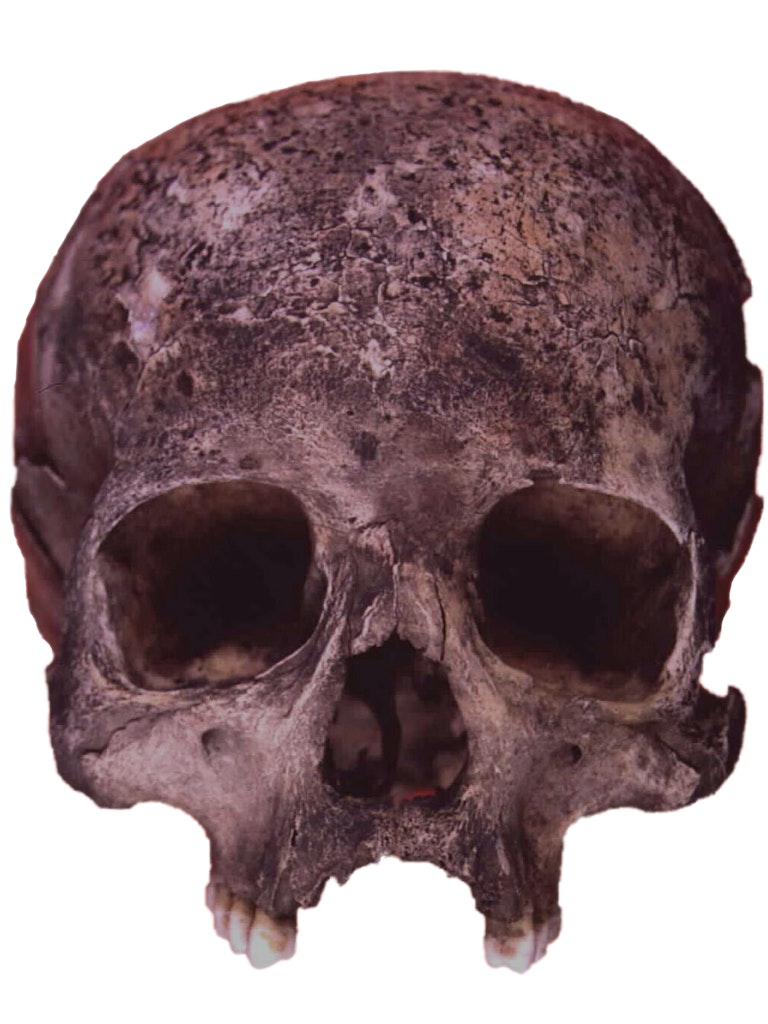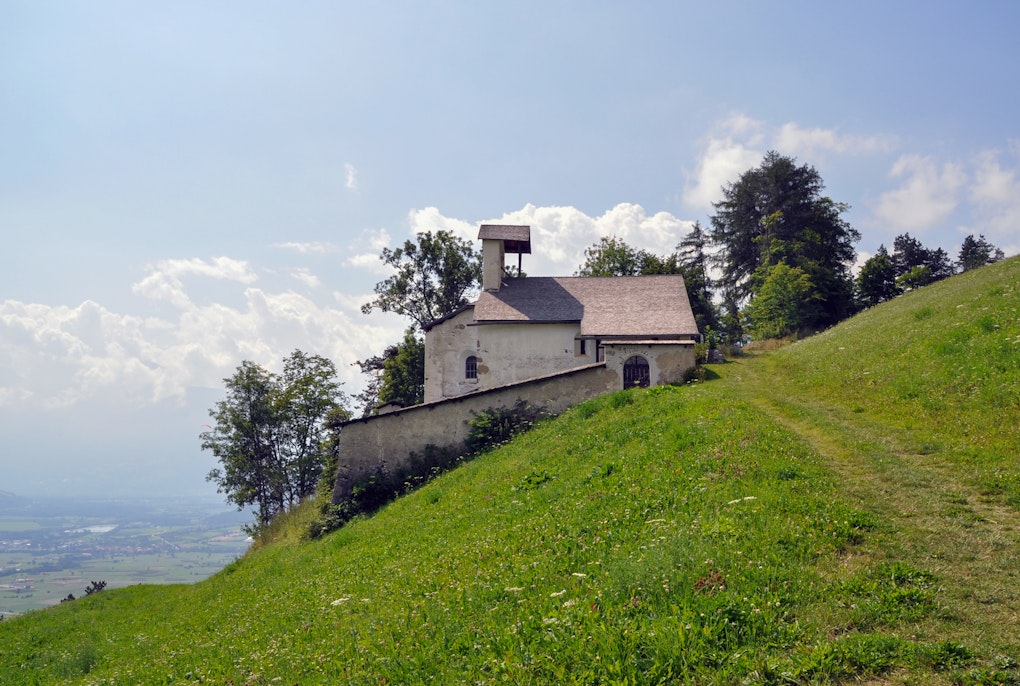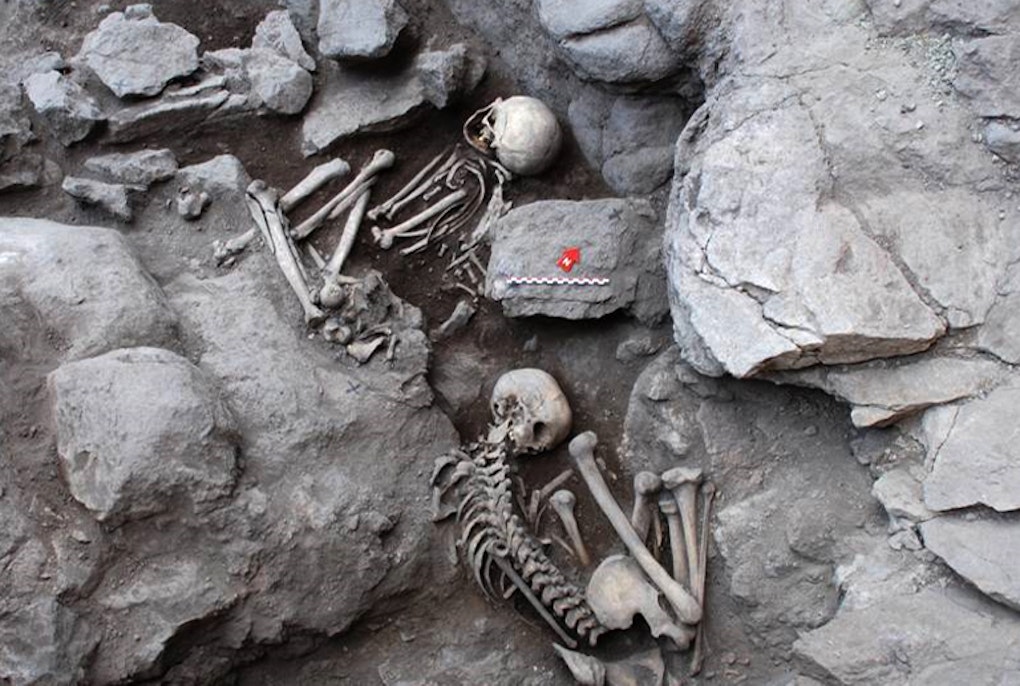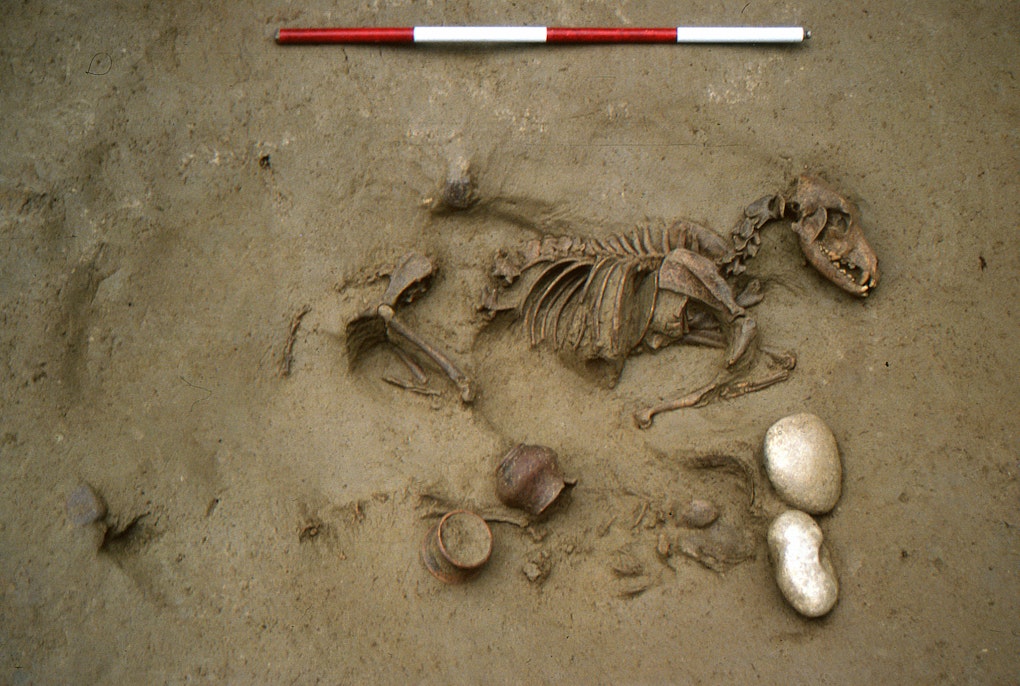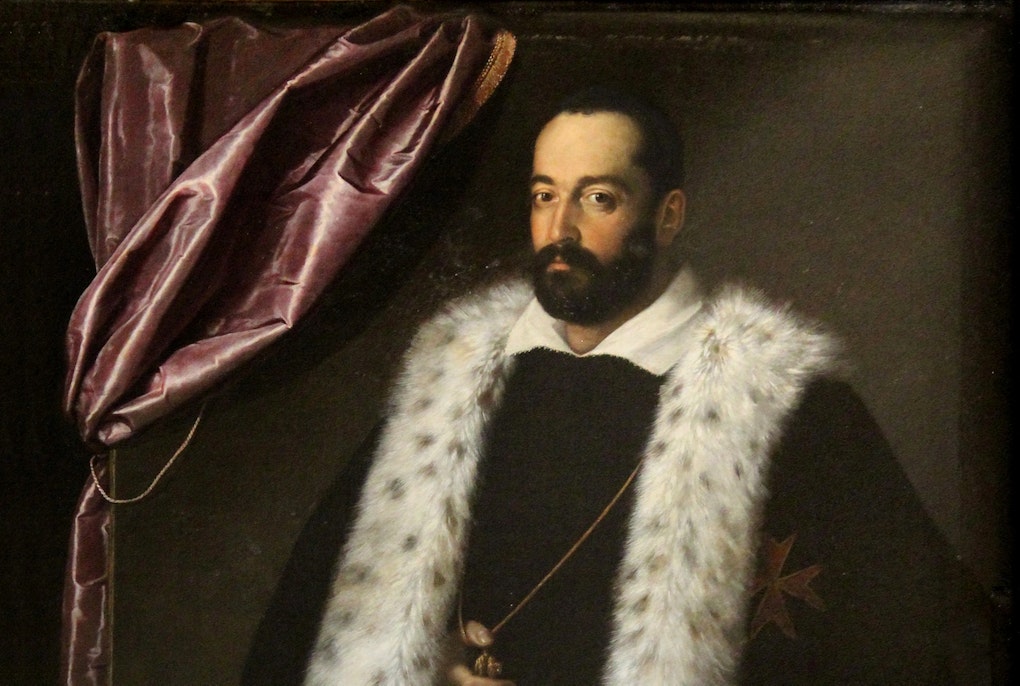magazine_ Interview
Old bones - new knowledge
An interview with the authors of the first German textbook on "Osteological Paleopathology".
In this interview, Physician Jochen Weber and Paleogeneticist Albert Zink explain what ancient bone finds reveal about early disease patterns and the benefits modern medicine can derive from this bioarcheological record.
Mr. Weber, your textbook is entitled "Osteological Paleopathology," a technical tongue twister for the layman. How do you explain the contents of the book to non-academics?
Jochen Weber: Quite simply, the book explains what skeletal finds from ancient times reveal about diseases or injuries. Many chronic infections, such as syphilis or leprosy, leave visible traces on the bones as do injuries such as fractures.
Three editors from different disciplines contributed to the book.
Weber: Such an interdisciplinary branch of research can only succeed through cooperation: in this case Paleogeneticist Albert Zink, Anthropologist Joachim Wahl and I, a medical doctor, contributed our respective expertise.
How did you, Mr. Weber, as a neurosurgeon, come into contact with bones??
Weber: It may seem curious, but neurosurgeons have very good training in bones and anatomy. We operate on the central nervous system and therefore, almost always have to remove bone, either from the skull or the spine, to be able to perform surgery.
"Such an interdisciplinary branch of research can only succeed through cooperation."
Joachim Weber, Physician and Albert Zink, Paleogeneticist, two of the editors
Mr. Zink, why is it so exciting to diagnose diseases from old bones?
Albert Zink: Human remains in the form of bones are plentiful, yet mummies are rather rare. For science, it is important to have as many samples as possible not only in order to classify disease patterns over longer periods of time, but also to understand the development and spread of infections.
Is paleopathology particularly exciting from an epidemiological perspective?
Zink: Yes, it helps to understand zoonoses - the transfer of a pathogen from animals to humans - and thus to prevent them as far as possible in the future. Just recently, colleagues used paleogenet-ics to pinpoint the origin of the Black Death, the largest plague pandemic, to Kyrgyzstan almost 700 years ago. Smaller outbreaks still occur today, most recently in Madagascar and China. But hygiene conditions and treatment options are completely different today than they were back then, which is why there has never been another conflagration.
The textbook contains a chapter on paleogenetics - a discipline that has just been thrust into the spotlight because of Svante Pääbo's Nobel Prize in Medicine.
Zink: Paleogenetics - which deals with the decoding of ancient DNA - can elicit far more information from human remains than was previously considered possible. Chronic diseases such as syphi-lis and leprosy often lead to bone changes, this is not always the case with tuberculosis: here, paleogenetics can provide information. I see immense potential in this new discipline for the detection of other infectious diseases and thus also for targeted prevention and containment of epidemics and pandemics.
Will paleogenetics revolutionize modern medicine?
Zink: It will certainly bring new insights to certain areas of medicine. Otherwise, there would probably have been no Nobel Prize for this discipline. In the 1990s, Svante Pääbo was a professor at the University of Munich, and as a student I was fascinated by this new research direction from the very beginning. At that time, Pääbo made the first attempts to extract DNA from Egyptian mum-mies. Later, one of my fellow students was instrumental in the first detection of Neanderthal DNA. Pääbo was also the first to decode a section of mitochondrial DNA from Ötzi. Years later, we were able to confirm the genetic results and extend them to the entire genome.
About the book
Osteologische Paläopathologie
Weber / Wahl / Zink
Ein Handbuch für Anthropologen, Mediziner und Archäologen
Fachbuch
Hardcover
2022
688 S. ca. 600 Fotos, Grafiken und Röntgenaufnahmen
Lehmanns Media GmbH
ISBN 978-3-96543-314-4
The publication can be ordered here.
